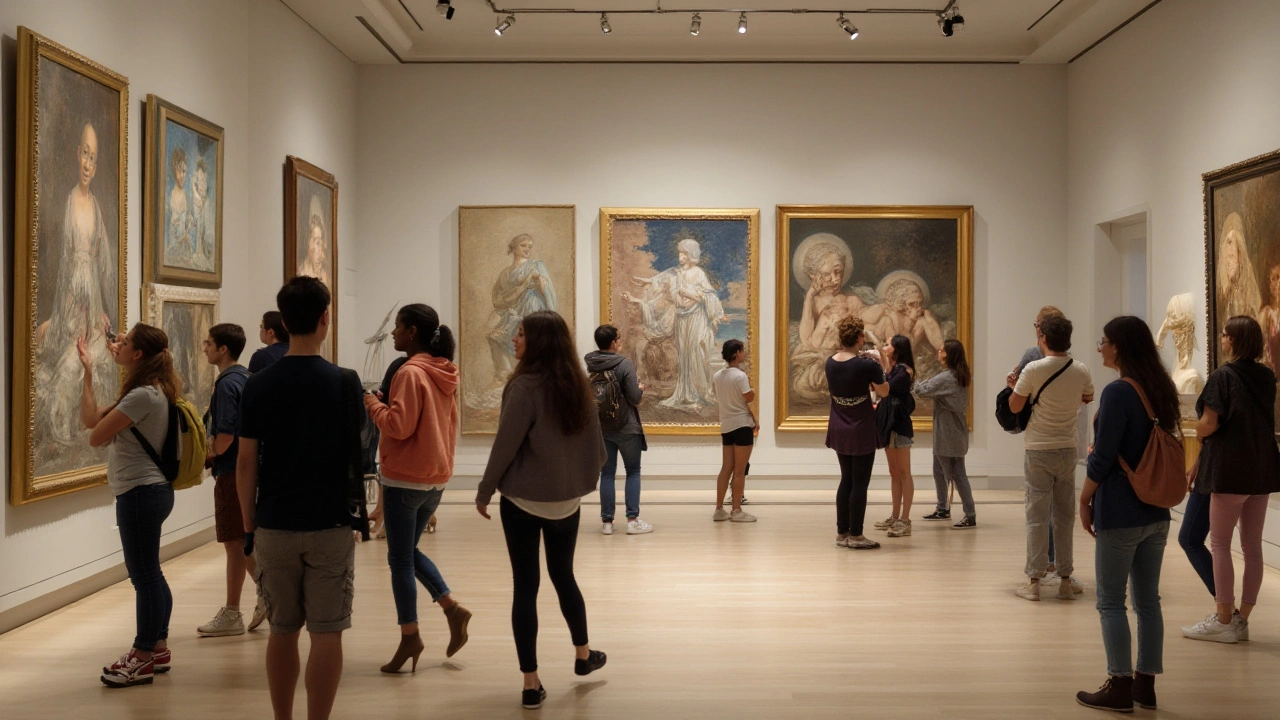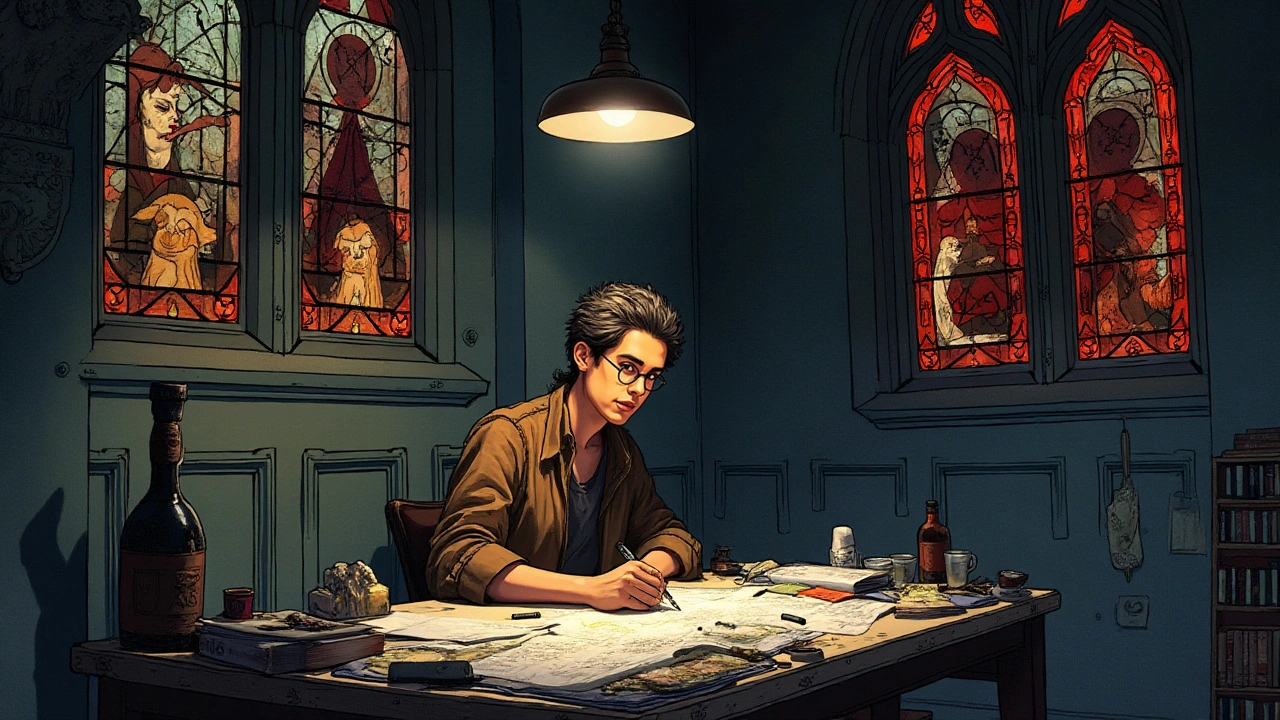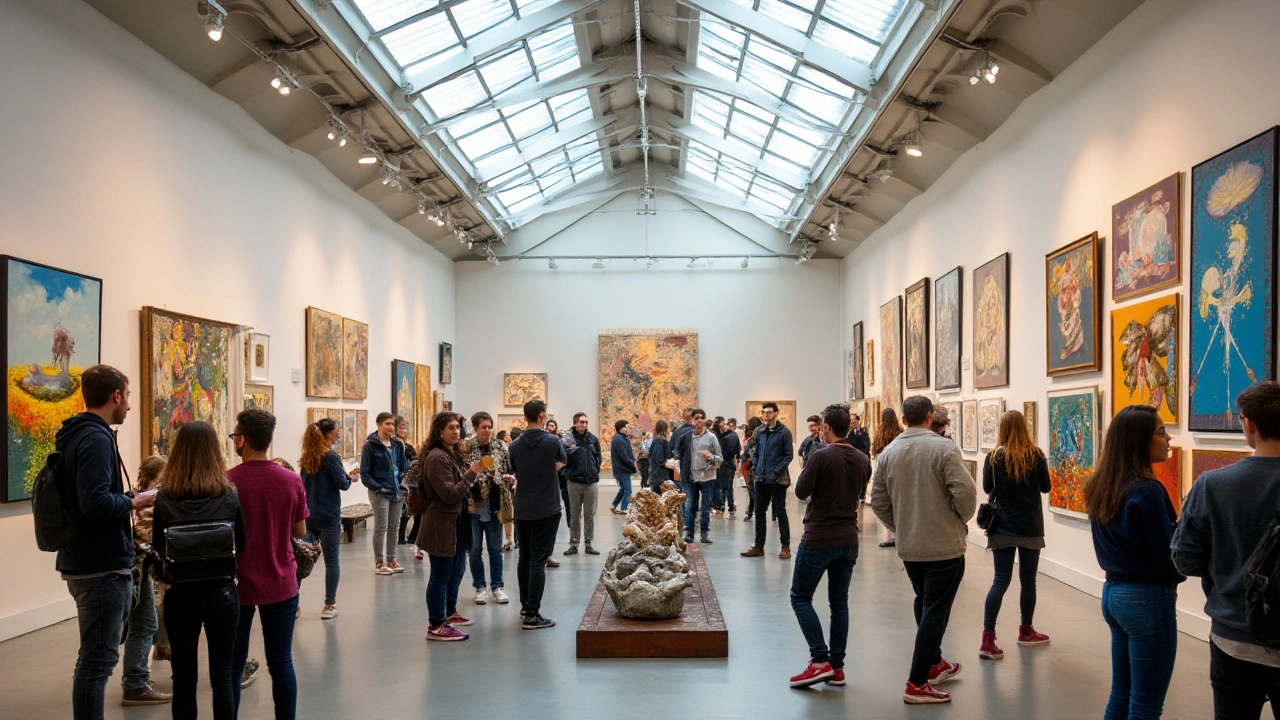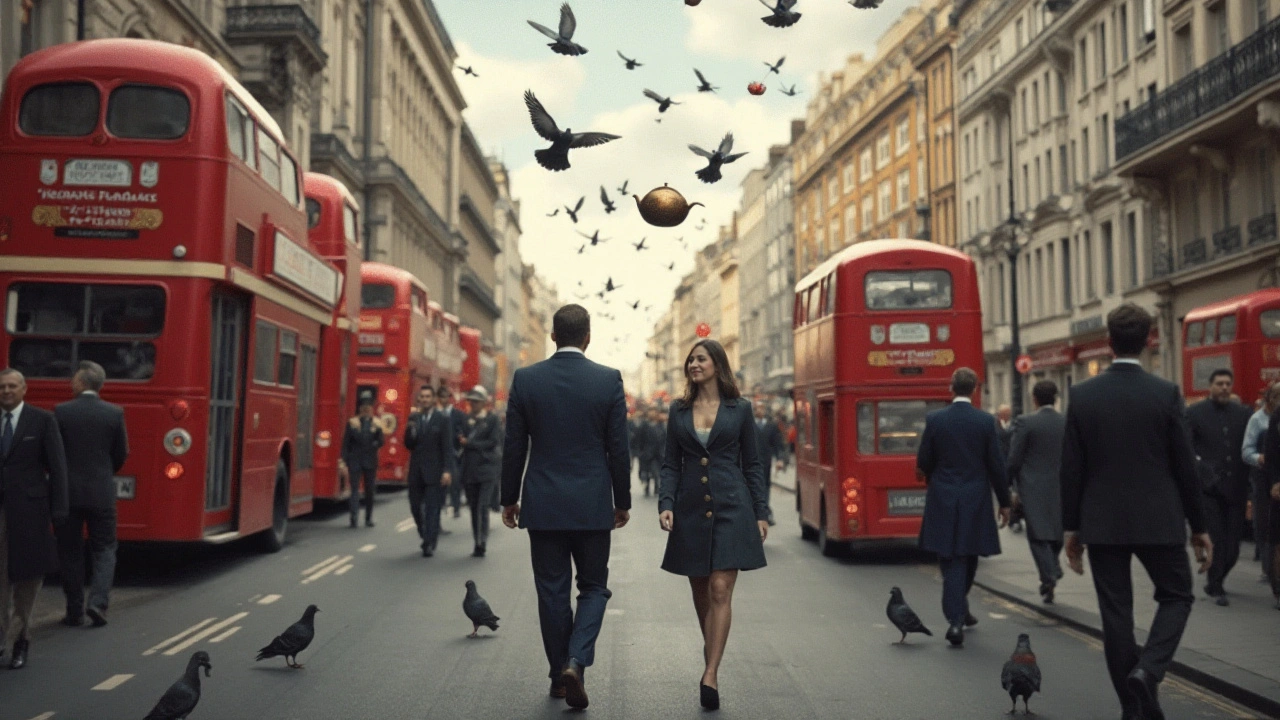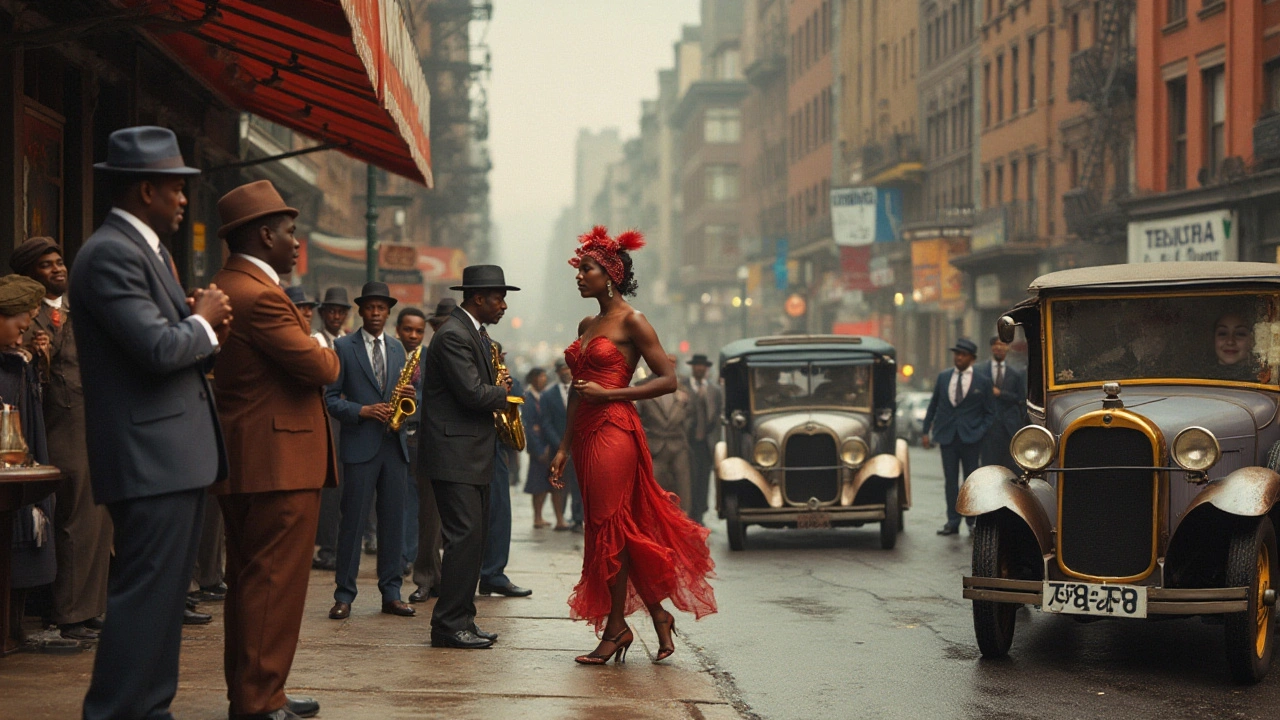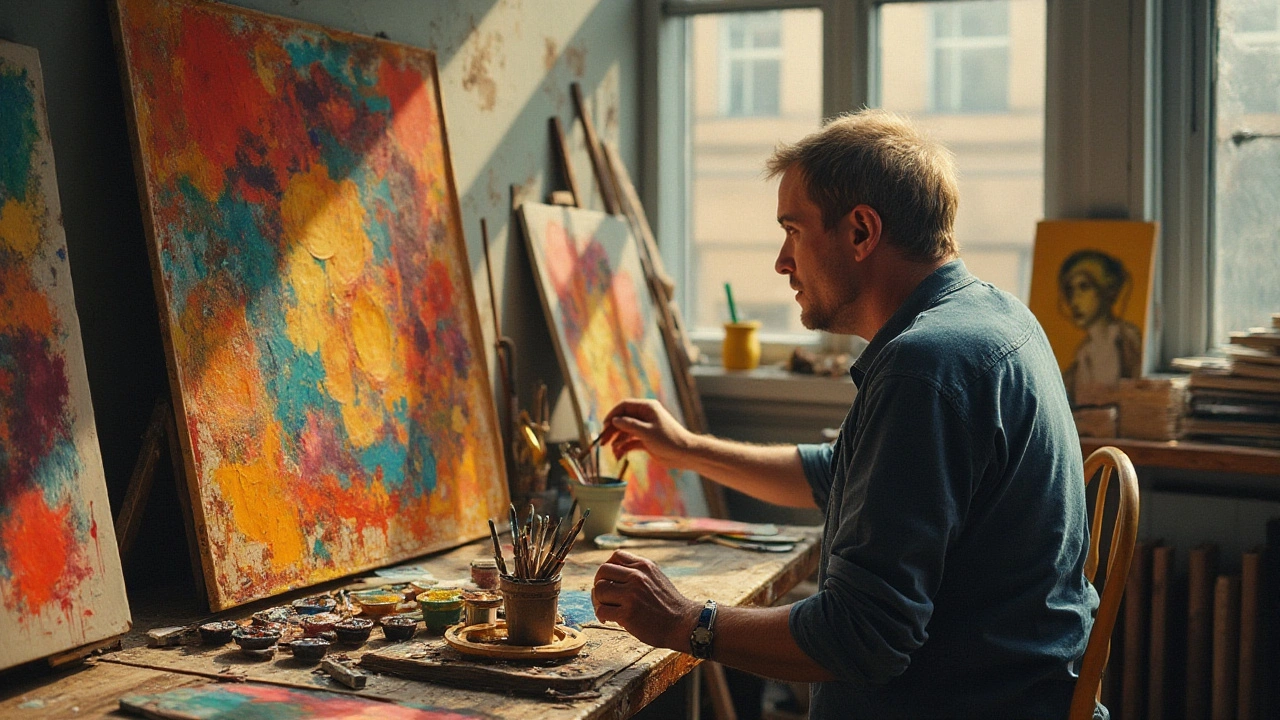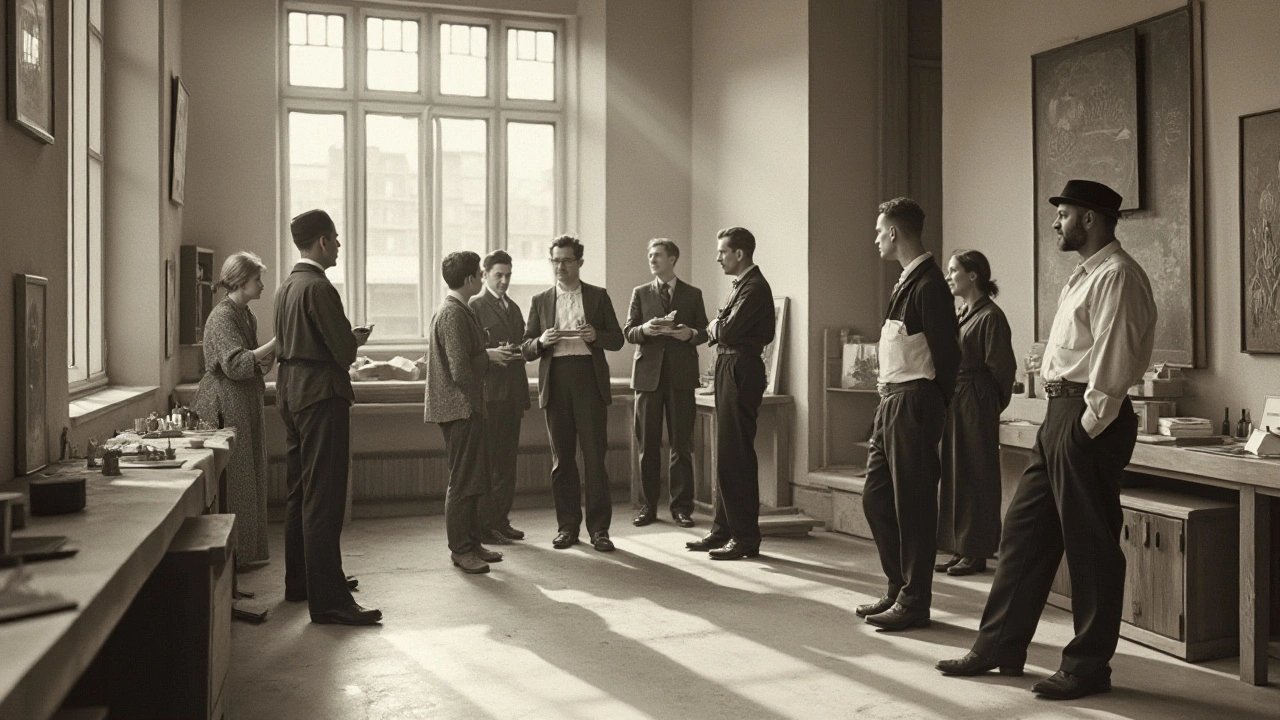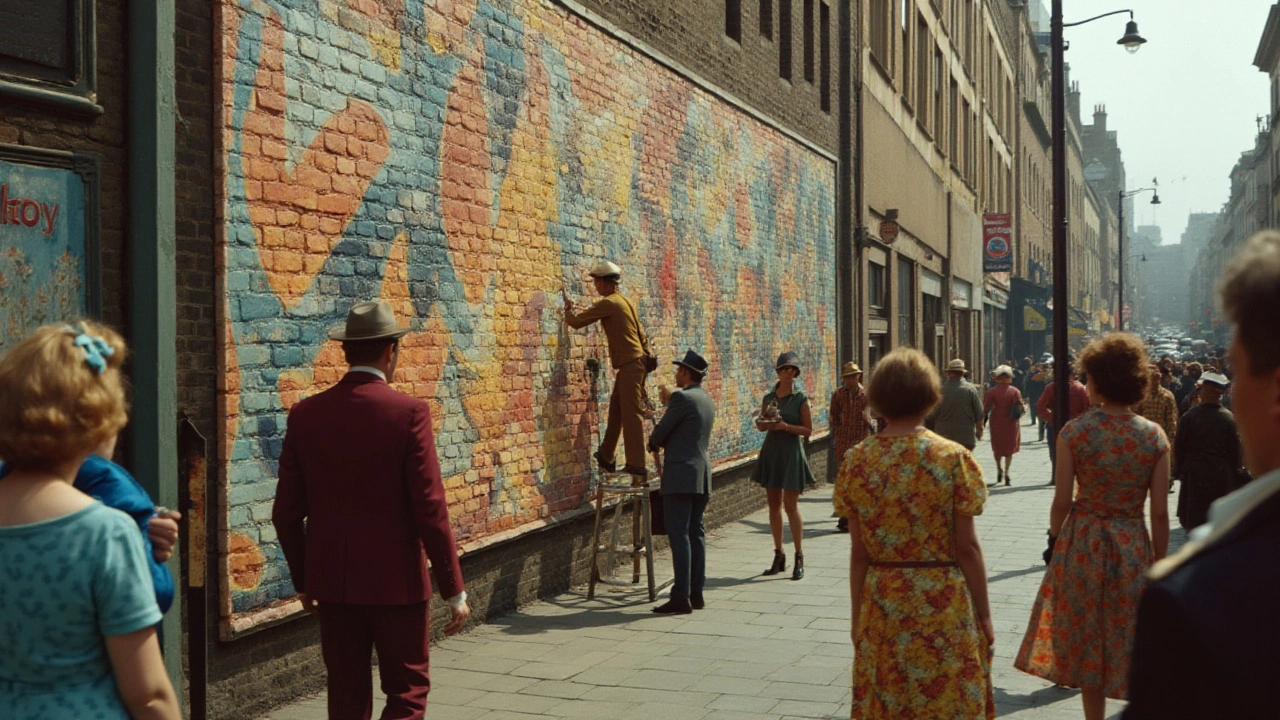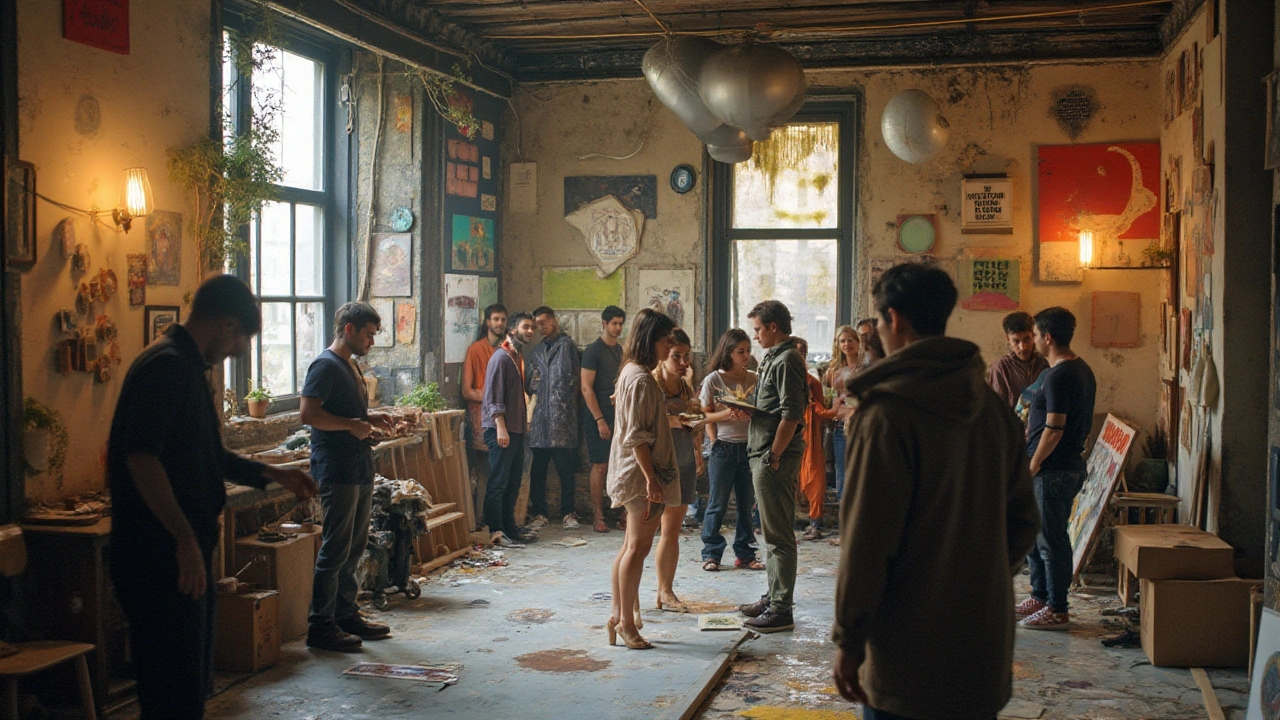November 2024 Art Archive — Paul Artistry
November's posts on Paul Artistry collect a lively mix of history and current practice. You’ll find pieces that link old schools like Classicism and Bauhaus to today’s artists, plus deep looks at movements that still shape how creators think and make. If you want a quick roadmap to what mattered this month, this page highlights each post and what to read first based on your interest.
Highlights
Classicism shows up twice this month: one post explains its lasting visual language and another digs into its philosophical roots. Both explain how balance and proportion still help artists today build work that feels steady and clear. Gothic art reappears in a modern form, exploring how moody details influence graphic novels and storytelling. That article is useful if you design characters or comics and want tools for mood and atmosphere.
Contemporary art gets a broad treatment. One post maps trends, practical gallery tips, and how to read new work. Abstract Expressionism and Fluxus are here as examples of movements that pushed the idea of what art can be — gestures, process, and performance over polished objects. If you make work or curate shows, those pieces offer concrete ideas for process and presentation.
Two historical highlights focus on big cultural shifts. The Harlem Renaissance post ties art to social change and shows how community, music, and writing fueled creative breakthroughs. Bauhaus and the Avant‑Garde posts show design and architecture moving toward function and experimentation. Together they sketch how form follows purpose in both objects and ideas.
Magical realism is the one piece that crosses into storytelling. It explains how mixing the ordinary with the strange can deepen meaning in both visual art and writing. That article gives simple ways to add subtle surreal elements without losing clarity.
How to use this archive
Pick an article by goal. Want technique or studio exercise? Start with Abstract Expressionism or Fluxus to rethink process. Want visual language and composition? Read the Classicism and Bauhaus posts. Curious about narrative or mood? Check Gothic art and Magical Realism. Looking for cultural context and social power? Open the Harlem Renaissance piece.
Each post includes concrete examples and takes you from background into practice. Try one small experiment after reading: copy a classic compositional rule, add a Gothic texture to a panel, or apply a Fluxus-style instruction to break a habitual step. These mini-tests help the ideas land in your work.
If you want updates, follow Paul Artistry for new posts and show notes. You can also use the search on the site to find posts by movement or technique. Bookmark this page as a quick reference to the ideas we explored in November 2024.
Want a fast path? Start with two reads: 'Exploring the Dynamic Landscape of Contemporary Art Today' for context and 'Classicism's Enduring Influence on Contemporary Art' for hands-on composition notes; then pick one experimental idea and test it for a week to see what shifts in your visual choices and confidence today.

